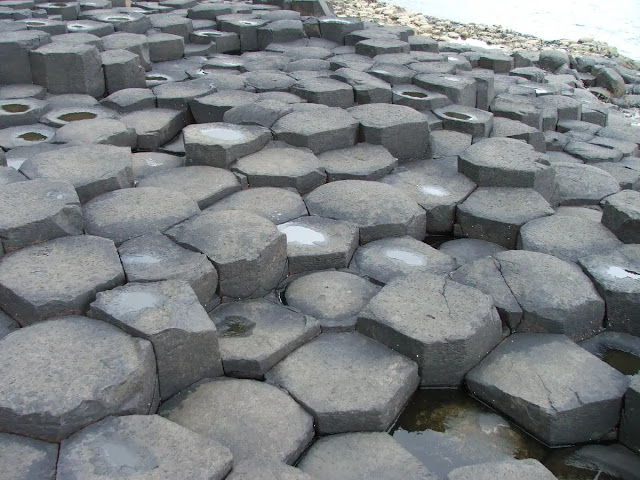Moonstone: Colors and Types of Moonstone
What is Moonstone
Moonstone is a beautiful and unique gemstone known for its mesmerizing adularescence, which gives it a distinctive milky, bluish sheen reminiscent of moonlight. Moonstone is a sodium potassium aluminium silicate with the chemical formula (Na,K)AlSi3O8 and belongs to the feldspar group.
The ancient Romans theorized that moonstone, with its unearthly shimmer, was formed from frozen moonlight. This appealing gem variety does shine with a cool lunar light but it is the mineral feldspar, quite terrestrial in origin. The shimmer, which is called schiller or adularescence, is caused by the intergrowth of two different types of feldspar, with different refractive indexes.
Moonstones come in a variety of colors. The body color can range from colorless to gray, brown, yellow, green, or pink. The clarity ranges from transparent to translucent. The best moonstone has a blue sheen, perfect clarity, and a colorless body color.
Moonstones are usually cut in a smooth-domed oval cabochon shape to maximize the effect. Sometimes they are carved to show a man-in-the-moon face.
Moonstone has a hardness of 6 to 6.5. It should not be stored in contact with your other gemstones to prevent scratching. Clean with mild dish soap: use a toothbrush to scrub behind the stone where dust can collect.
Fine moonstone is quite rare and becoming rarer. It is mined in Sri Lanka and Southern India. The rainbow variety can be found in India and Madagascar.
The moonstone is the Florida State Gemstone.
 |
| Moonstone: Colors of Moonstone |
Moonstone Formation
Moonstone is composed of two feldspar species, orthoclase and albite. The two species are intermingled. Then, as the newly formed mineral cools, the intergrowth of orthoclase and albite separates into stacked, alternating layers. When light falls between these thin, flat layers, it scatters in many directions producing the phenomenon called adularescence.
Cause of Moonstone Adularescence
Blue Moonstone is a gem from the feldspar group and is composed of layers of albite – potassium rich aluminium silicate and orthoclase – sodium rich aluminum silicate. The schiller is produced because of light interference caused by the light having to weave its way through the layers with slightly different optical properties. The adularescence is caused by scattered light passing through the exsolution lamellae that act as scattering centres, creating a bluish hue/ lustre.
Sometimes moonstone will have an eye as well as sheen. Another related feldspar variety is known as rainbow moonstone. In this variety of labradorite feldspar, the sheen is a variety of rainbow hues, from pink to yellow, to peach, purple, and blue. Sometimes one gem will show all these colors.
Moonstone Types and Colors
Blue Moonstone
Blue moonstone is the most prized variety of moonstone. Blue moonstone is transparent and crystal clear with a floating blue tone on the surface. It has a beautiful blue sheen that is caused by the reflection of light from thin layers of different minerals within the stone. The most desirable stones have the most intense blue colour. The largest and best stones have traditionally come from Myanmar (Burma), however it has become much harder to find good stones and therefore the price has increased.
 |
| Rainbow and blue moonstone |
Rainbow Moonstone
Rainbow moonstone is typically white or cream in color, but it can also be found in shades of blue, green, and yellow. The play of color in rainbow moonstone is caused by the reflection of light from thin layers of different minerals within the stone. Rainbow moonstone has a milky patchy appearance which comes from the white orthoclase inclusions and layers.
Green Moonstone
Green moonstone is not as well known as rainbow or blue moonstone as it does not have the colour play, however it is still a beautiful stone. It usually has a slightly hazy or clear appearance an a pale green-yellow colour.
White Moonstone
White moonstone is the most common type of moonstone. It is typically colorless to milky white in color, and it has a soft, pearly luster. White moonstone is often used in jewelry to create a simple and elegant look.
Pink Moonstone
Pink moonstone is the rarest variety of moonstone. It has a delicate pink color and a soft, pearly luster. The term pink covers colours from honey to beige to peach, ranging from translucent to opaque. The stone should have a white sheen and is often found with a cat's eye or star effect. This type of stone is often used in rows of coloured beads.
In addition to its beauty, moonstone is also said to have a number of metaphysical properties. It is often associated with the feminine and the moon, and it is said to promote intuition, creativity, and emotional balance. Moonstone is also thought to be helpful for relieving stress and anxiety, and for promoting emotional healing.




%20(1).webp)




